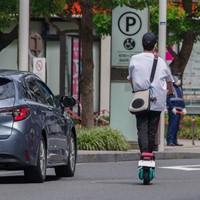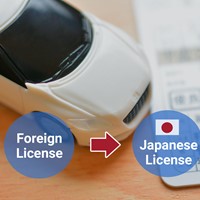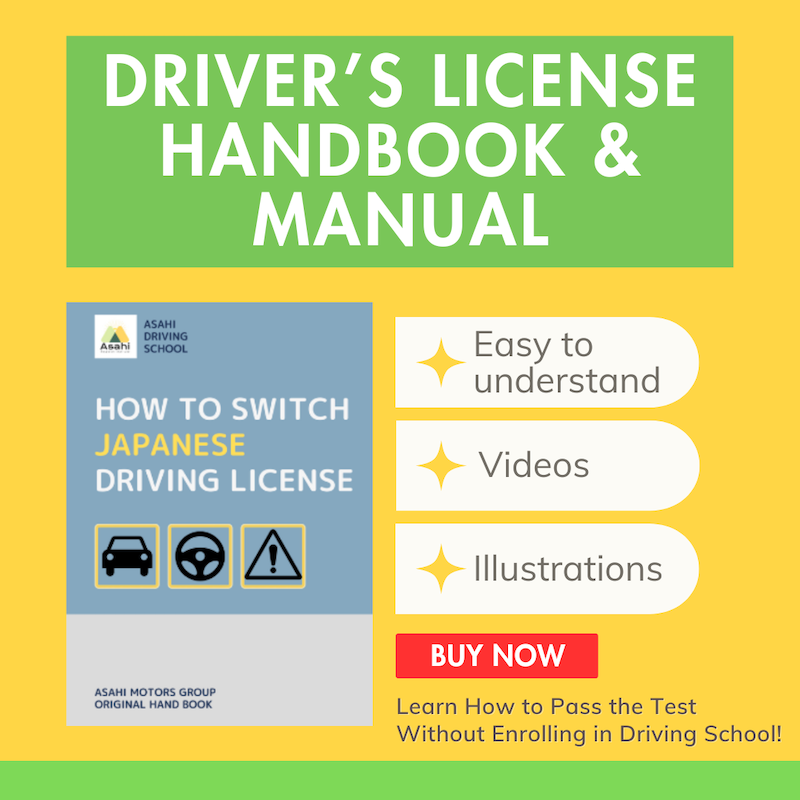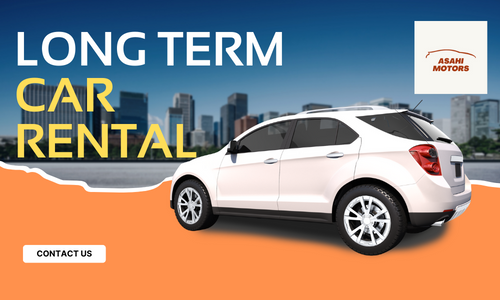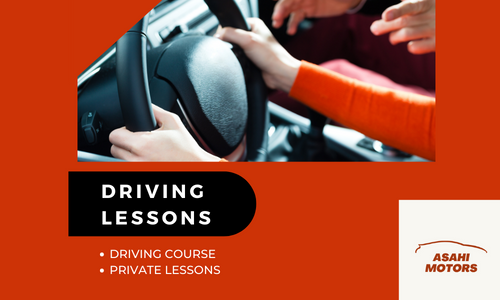Japanese Driver's License Classifications & Their Meanings
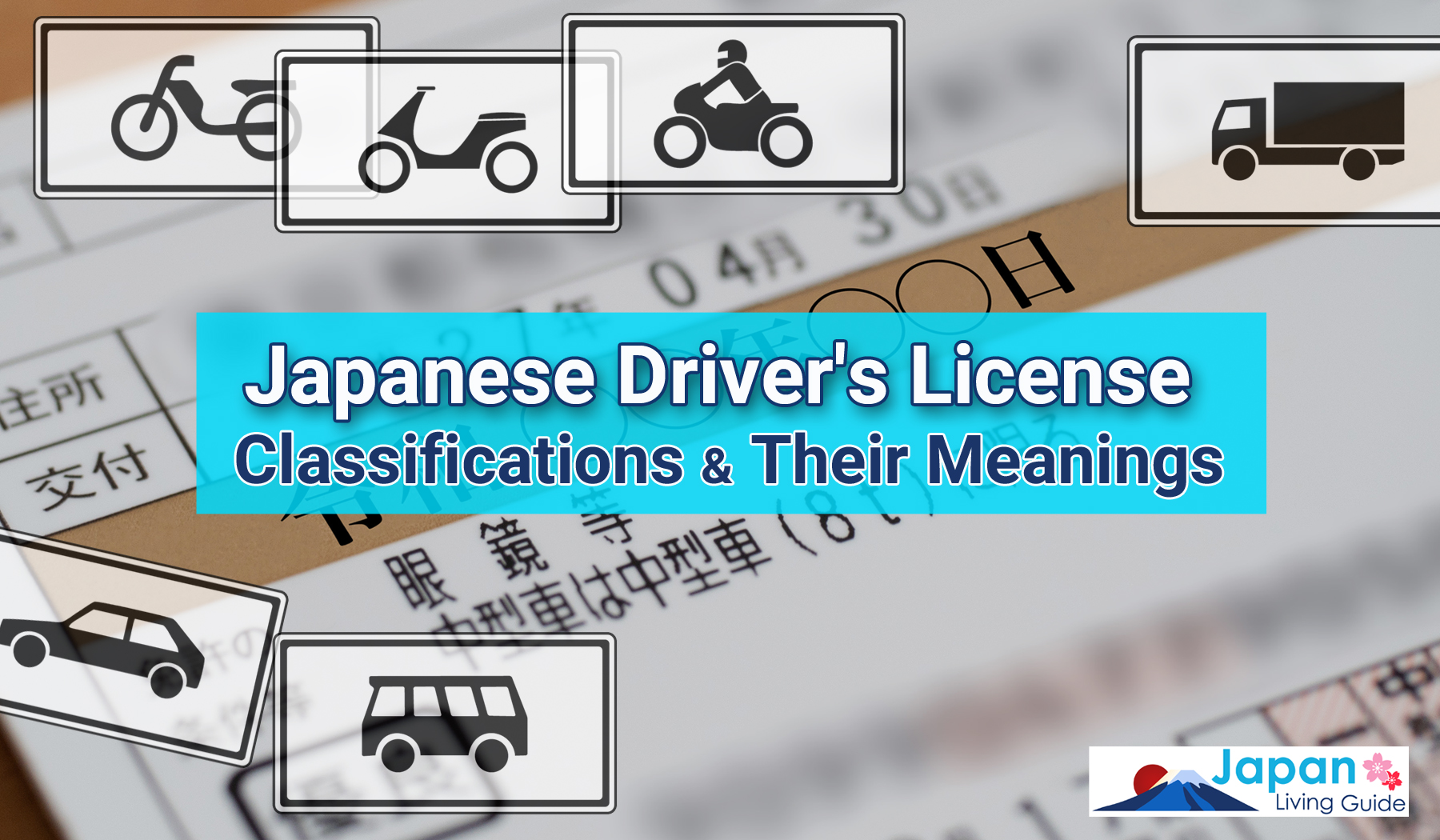
Living in Japan can present many challenges associated with daily living, as processes and procedures may differ from your home country. One area that can be confusing yet necessary for many international residents is Japan’s system for obtaining a driver’s license, including which type of license classification is best for your transportation needs.
Depending on where you live in Japan, you may need a vehicle (and a legally required driver’s license) to commute and run daily errands. While not always the case if you live in a bigger city, having a Japanese driver’s license affords certain conveniences, such as renting a vehicle for weekend adventures. If you’re looking to get behind the wheel in Japan, keep reading to find out what type of Japanese driver’s license you should get.
Japanese Driver's License Classifications
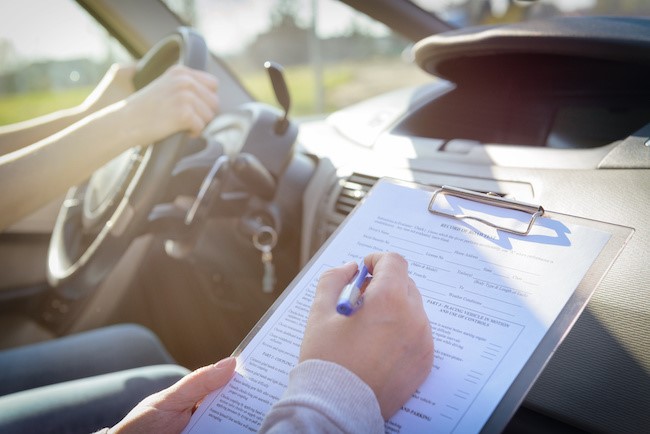
Most countries have a system of licensing that includes various “levels,” or classifications, usually starting with a learner’s license or permit all the way up to a commercial driver’s license. Japan works under a similar system, referring to these as different license classifications.
Learner’s Permit
The first type of licenses is a learner’s permit, or provisional driver’s license, known as kariuntenmenkyo (仮運転免許). This license is issued for a six-month term, at which point it will expire if the license holder has not moved up to a Class 1 license. While on a provisional license, learners must display learner plates on their car while driving and can only drive under the supervision of a current Class 1 license holder with at least three years of experience.
If you already hold a valid license in your home country, you may be able to skip the learner’s permit all together.
Class 1 License
Taking driving lessons and practicing while on a provisional license prepares drivers to take the test for a Class 1 license. A Class 1 license qualifies drivers to operate regular passenger cars and motorcycles. There are a number of categories under this classification, depending on the vehicle type (which will be explained in the next section below).
There are two types of Class 1 licenses: an automatic transmission (AT) license and a manual transmission (MT) license. Holders of an AT Class 1 license are only allowed to drive vehicles with an automatic transmission, while holders of an MT Class 1 license are allowed to drive both automatic and manual transmission vehicles. The Class 1 license is the most standard driver's license in Japan.
Class 2 License
A Class 2 license is required for any form of commercial driving. This can include driving larger vehicles such as a bus, minibus, or private ambulance, or regular vehicles but for commercial purposes, such as a taxi. There are categories within this classification depending on vehicle size. To be eligible for this license, applicants must be over 21 years old and have 3 years of experience with a Class 1 license.
Japanese Driver’s License Categories
As we mentioned above, there are different license categories depending on the type of vehicle you intend to drive. Within the Class 1 license, there are 10 categories. Many of these categories are “in addition to,” meaning they allow the license holder to drive a certain category in addition to similar smaller vehicles.
Vehicles
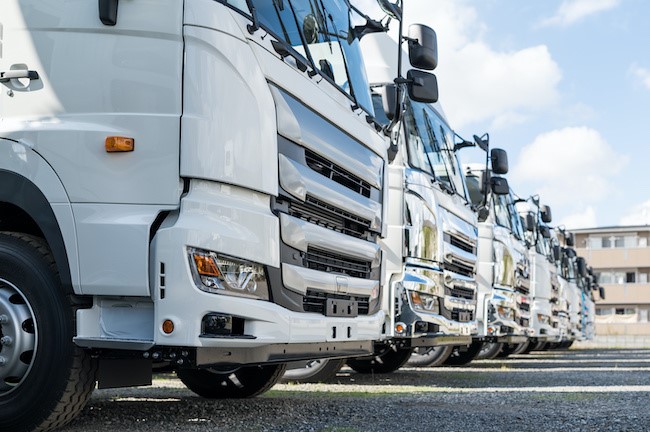
The most common license category is generally referred to as “vehicles,” but consists of cars, buses, and the like. These are separated based on vehicle weight, load capacity, and passenger capacity.
The Legal driving age (minimum driving age) is from 18 years old to 21 years old, depending on the vehicle type.
*swipe or scroll to see the complete table
|
Vehicle Type |
Max. Vehicle Weight |
Max. Load Capacity |
Passenger Capacity |
Legal Driving Age |
Standard Vehicle |
Less than 3,500kg |
Less than 2,000 kg |
Less than 10 passengers |
18 years old |
Semi-mid-sized Vehicle |
3,500 - 7,500kg |
2,000 - 4,500 kg |
Less than 10 passengers |
18 years old |
Mid-sized Vehicle |
7,500 - 11,000 kg |
4,500 - 6,500 kg |
11–29 passengers |
20 years old *Must currently hold a standard, semi-mid or large special license and have one of these license for a total of at least 2 years (driving record). |
Large Vehicle |
More than 11,000kg |
More than 6,500 kg |
30 passengers or more |
21 years old *Must currently hold a regular, semi-mid, mid-sized license or large special license and have one of these licenses for a total of at least 3 years (driving history). |
As the vehicle size gets larger, the permissions for the license holder also include vehicles in the smaller categories.
Motorcycles

The Legal driving age (minimum driving age) is from 16 years old to 18 years old, depending on the motorcycle type.
There are four types of motorcycle licenses that are based on engine displacement (or size). As the engine displacement gets larger, the license holder also has permission to drive any engine size that is smaller.
*swipe or scroll to see the complete table
|
Motorcycle Type |
Engine Displacement |
Description |
Legal Driving Age |
Moped |
Less than 50 cc |
Almost all vehicle categories include permission for mopeds. |
16 years old |
Small Motorcycle |
50 - 125 cc |
Permission also given to drive a moped. |
16 years old |
Standard Motorcycle |
125 - 400 cc |
Permission also given to drive a small motorcycle and moped. |
16 years old |
Heavy Motorcycle |
Over 400 cc |
Permission given to drive all motorcycle. |
18 years old |
Special Equipment
Special equipment includes equipment such as tractors, cranes, and construction equipment. There are only two types within this category:
- Small special equipment
- Heavy special equipment
“Small” and “heavy” are defined by the equipment’s size, weight, and maximum speed.
The categories above may seem like a lot of options, but most people only have to consider one or two categories, unless driving is part of their profession. The majority of Japanese license holders focus on obtaining a license for a “Standard Vehicle” and/or a motorcycle license.
Eliminate the Stress of Driving in Japan

While driving in Japan may be reasonably easy, the process of getting your Japanese license and the various procedures necessary to do so is not. There is a variety of license categories and classes to navigate, as well as how to approach the whole process.
The information in this article can help you understand the type of license that is best suited for your needs, but there is much more to consider before stepping into a license testing and issuing center.
If you are anxious about your language skills, having trouble passing the test, or need to expedite the license process, we suggest going to an English-speaking driving school, where they can help you understand what is necessary to pass the test the first time. While more rural areas will not be able to provide English-friendly courses, there are several driving schools in Tokyo that can help. To renew your driver's license, please refer to this article.
For more useful information on driving in Japan, be sure to check out our many guides on the topic. From traffic rules and child car safety regulations, to parking, renting vehicles, and more, we’ve got your questions covered.
